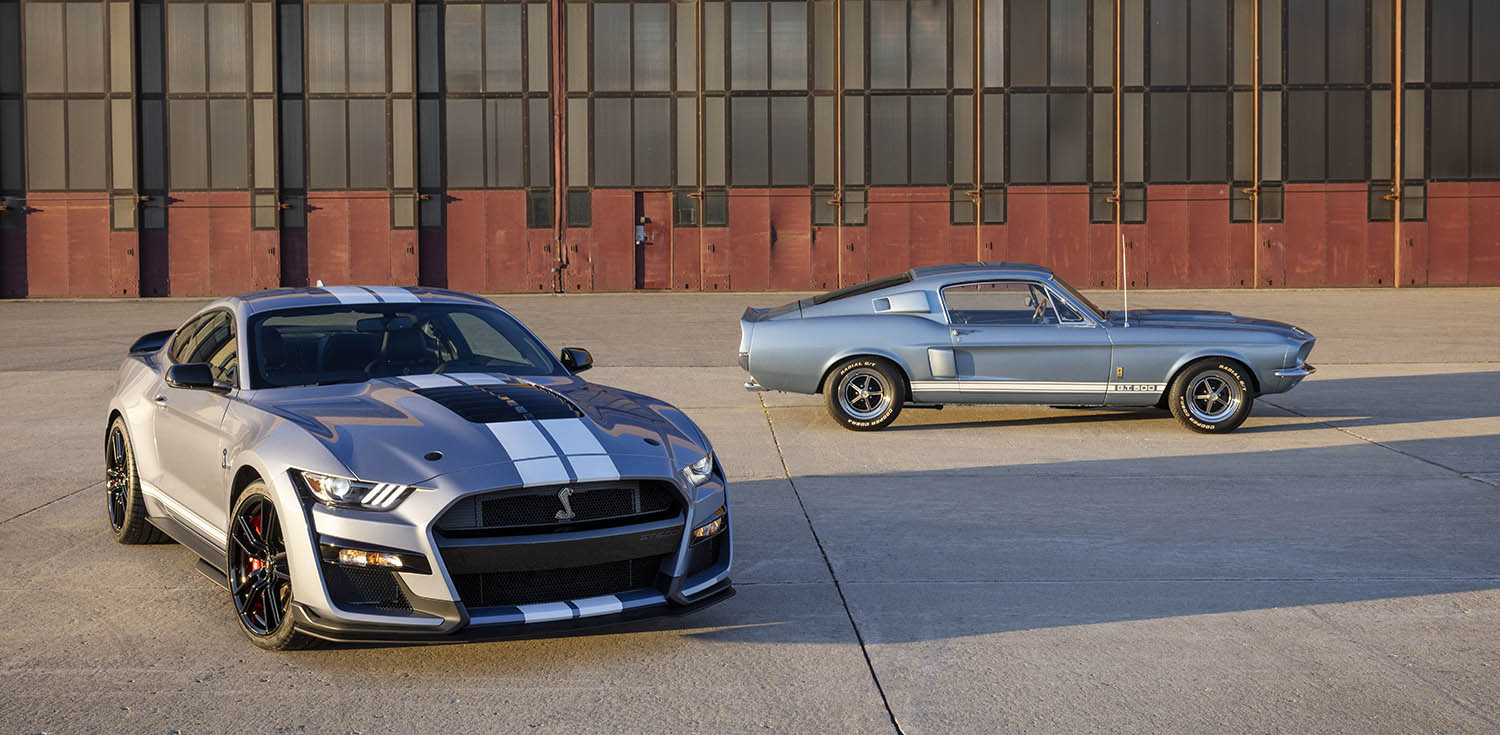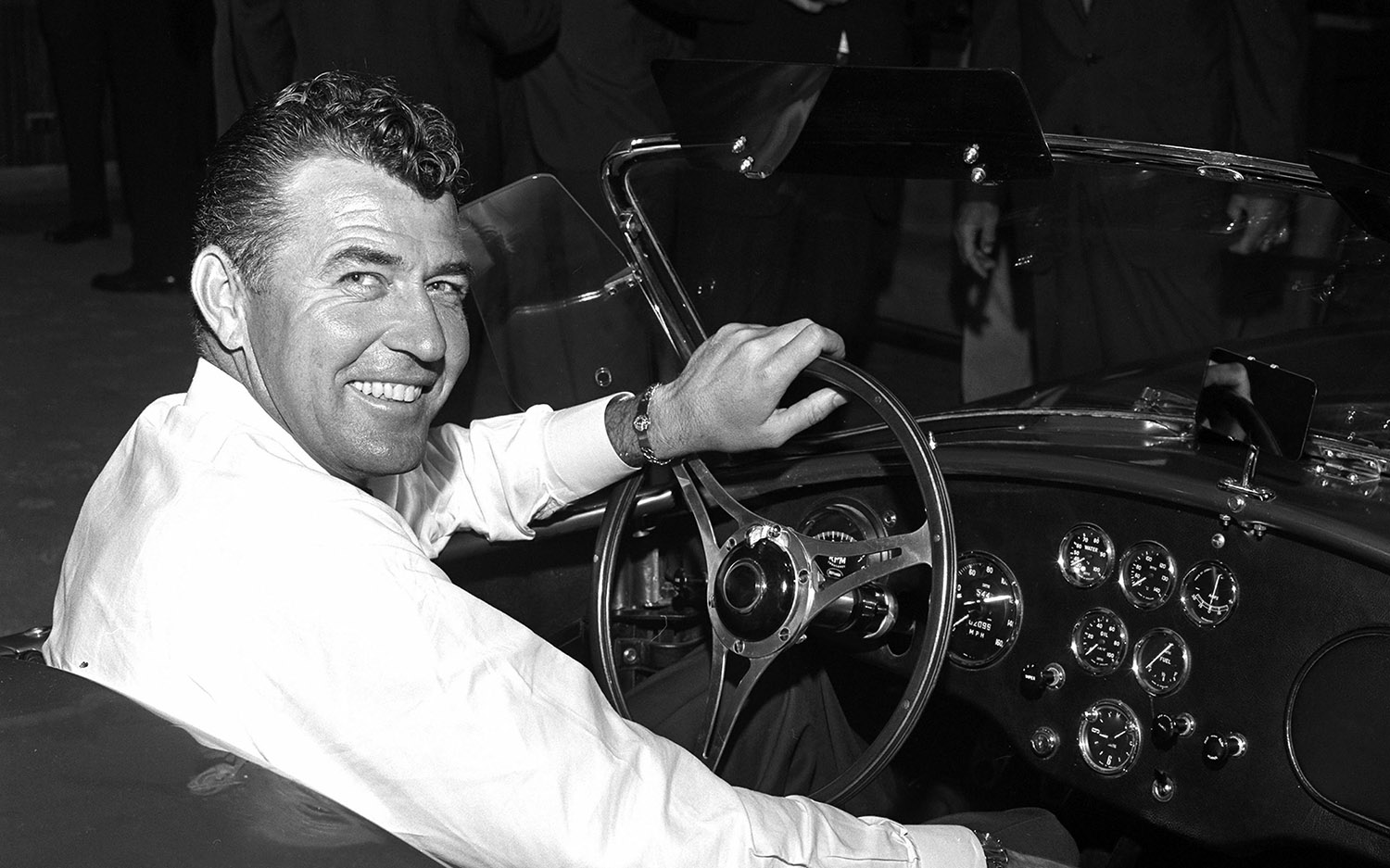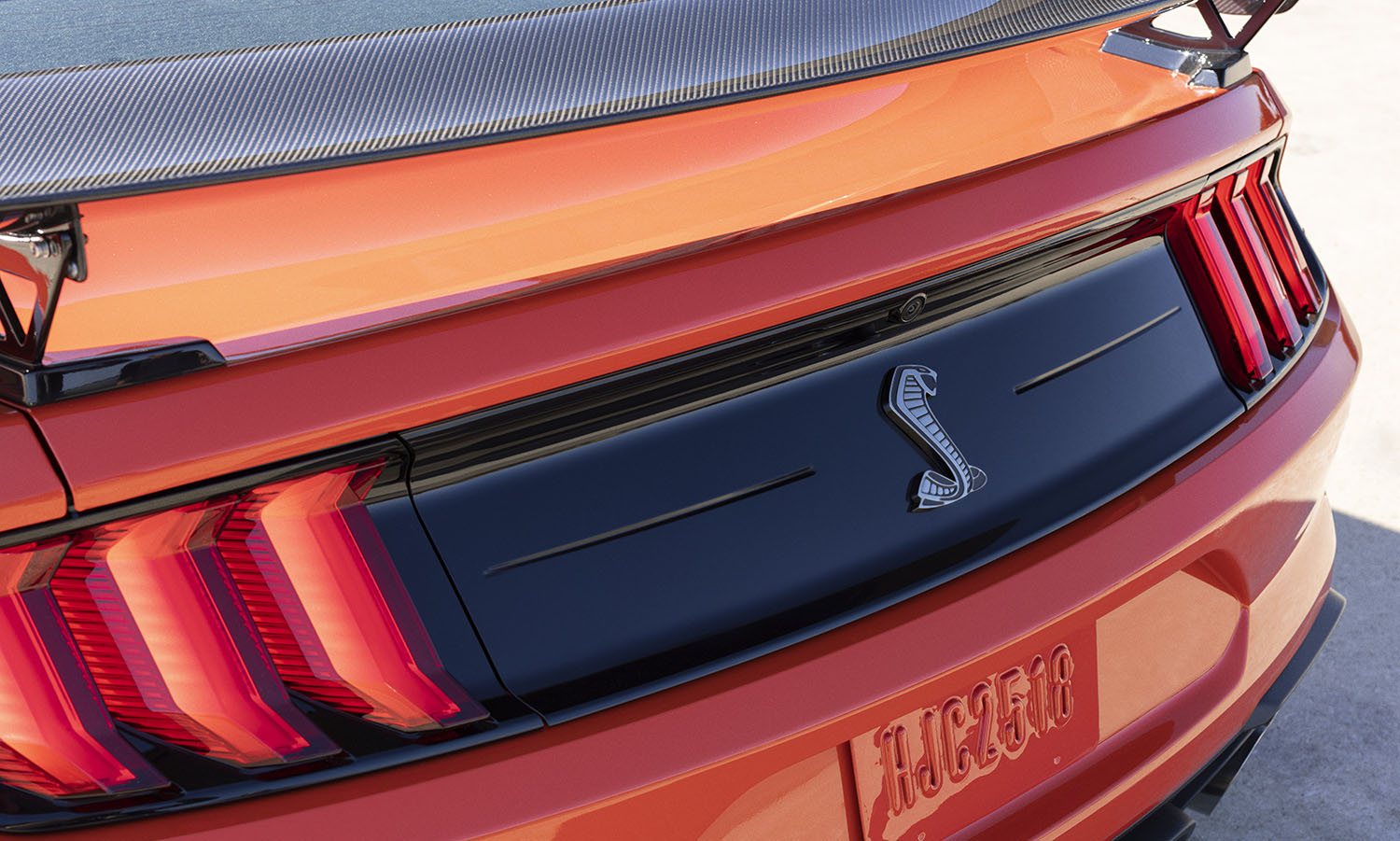How Carroll Shelby Shook Up Detroit's High-Performance Cars
The iconic racer, hot-rodder, and creator of the legendary AC Cobra set a benchmark for performance.
 Ford
Ford
Article QuickTakes:
Carroll Shelby is one of the best known and most respected names in performance cars. A hot-rodder and successful racer, Shelby was driven by a core idea that wasn't especially profound: Like many others before and after him, he simply wanted to make ordinary cars go faster. What set him apart was his drive and tenacity.
"He was a great driver and a better salesman — and he was a hustler," said Colin Comer, a noted expert in Shelby vehicles and the author of four books on the man and his automobiles. "If you look back at the history of performance cars, thousands of people had great ideas and could build a good car or could race the wheels off them. But Shelby could do both and just didn't quit. He just loved a win, no matter the venue."
 Ford
Ford
Carroll Shelby's Early Innovations
Shelby had a successful racing career in the 1950s, setting various speed and performance records, winning the 24 Hours of Le Mans endurance race, and being named Driver of the Year by Sports Illustrated in both 1956 and 1957. But by the end of the decade, his career was winding down, due in part to an underlying heart condition that eventually required a heart transplant.
In the early 1960s, capitalizing on his fame, Shelby opened the U.S.'s first performance-driving school in Southern California. He also began seeking other automotive opportunities. He recognized that the U.S. market lacked the kind of dual-purpose vehicles that were gaining popularity in Europe.
Produced by boutique manufacturers such as Ferrari and Maserati, these high-performance cars could be driven around town during the week and then driven to — and raced on — the track on weekends.
Shelby decided to combine lithe old-world styling and tuning with American power. Using a chassis from English automaker AC and V8 motors from U.S. automaker Ford, he created the Cobra. Following early success on the track, the Cobra became a sensation, further burnishing Shelby's image and creating new opportunities.
"His idea of building a lightweight, V8-powered sports car was certainly not unique to him," Comer said. "But he was the guy who perhaps sold it best and made it happen on a larger scale."
 Ford
Ford
Carroll Shelby's Work With Ford
Given his business relationship with Ford, Shelby was a shoo-in to help the carmaker develop a competitive racing program, one that could go head-to-head with European factory teams. At the start of the '60s, following a recipe reminiscent of the Cobra's, Shelby helped Ford create a race car that used Ford V8 power in a foreign chassis — in this case, a British Lola. The resulting car, the GT40, was a resounding success on the track, winning at Le Mans from 1966 through 1969.
After the Mustang was released in 1964, Ford executives tapped Shelby to help inject more life into their affordable runabout.
"They saw that performance was selling cars, and they were anxious to hitch their new Mustang to the Cobra wagon," Comer said. The result was the 1965 Shelby GT350, a muscular, strong-cornering version of Ford's new pony car.
"They took an inexpensive, sporty car for young people, and they made it into a race car," Comer said. "I don't think they predicted the demand of people wanting a real high-performance Mustang they could basically stick numbers on and go racing."
 Ford
Ford
The Competition Takes Notice
Ford had the performance pony-car segment mostly to itself for a time. But the other members of the U.S.'s Big Three — General Motors and the Chrysler family of brands — noted the Mustang's sensational sales and released their own competitors.
"Chevy noticed and responded with the Z-28 Camaro, and Mopar eventually decided they needed to do road-racing versions of 'Cudas and Challengers, and even AMC got into the game with the AMX," Comer said. "So, it was really the beginning of the pony-car wars, where they had these cars duking it out on race tracks on weekends and the showrooms on Monday."
Domestic performance suffered for a while during the Malaise Era, precipitated by an oil crisis and tightening tailpipe-emissions regulations in the early 1970s. But when the Big Three began producing standards-compliant, high-output vehicles in the mid-1980s, Shelby was there to help.
Shelby's Ford colleague Lee Iacocca was at that point CEO of Chrysler, and he brought Shelby in to add some excitement to the brand's economical lineup, Shelby-izing Chargers, Omnis, and Lancers.
"That was big news," Comer said. "Even in the early 1980s — over a decade since the last Shelby Mustang — the Shelby brand meant performance. And here was old Shel building front-wheel-drive hot rods. At Chrysler, no less."
While working with Chrysler, Shelby also was part of the team that helped conjure another snake-monikered, bare-bones, two-seat sports car with a monster American engine: the Viper.
"The Viper was a big deal because everybody said it was the second coming of the Cobra and Shelby was on the team," Comer said. "He truly did help create a Cobra for the '90s."
 Ford
Ford
The Knock-On Effect of Carroll Shelby
The Viper's outrageous 400 horsepower helped spur a fresh power war among the Big Three, a battle that has yet to abate. In response to the Viper, Chevrolet increased the output of its flagship sports car, the Corvette, specifically upgrading the King of the Hill Vette — the ZR-1 — in 1993 from 375 to 405 horsepower.
When Shelby returned to Ford in the 21st century to lend his name and tuning prowess to reincarnations of his previous offerings — including two generations of the Ford GT and all manner of heritage-miming GT350 and GT500 Mustangs — the power war only escalated.
"It goes back and forth," Comer said. "One guy makes 500 horsepower and the other guy makes 550. One puts 500 horsepower in a pickup truck, the other guy has to make a 600-hp pickup truck."
We're now at a point where the GT500 Mustang generates 760 horsepower, the ZL1 Camaro makes 650 horsepower, and the Dodge Challenger SRT Demon puts out 1,025 horses.
Carroll Shelby's lasting influence extends beyond the pursuit of extracting more power from the internal-combustion engine — even if some of these decisions seem short on logic.
"In 2015, Ford had a flat-plane-crank V8 in the then-new Shelby GT350," Comer said. "Everybody — including GM — said, 'Oh, that's crazy. You don't need that.' 'Too big of an engine to have that crank.' 'It doesn't add anything.' Those kinds of comments. Now, the latest Corvette Z06 has a flat-plane-crank V8."



